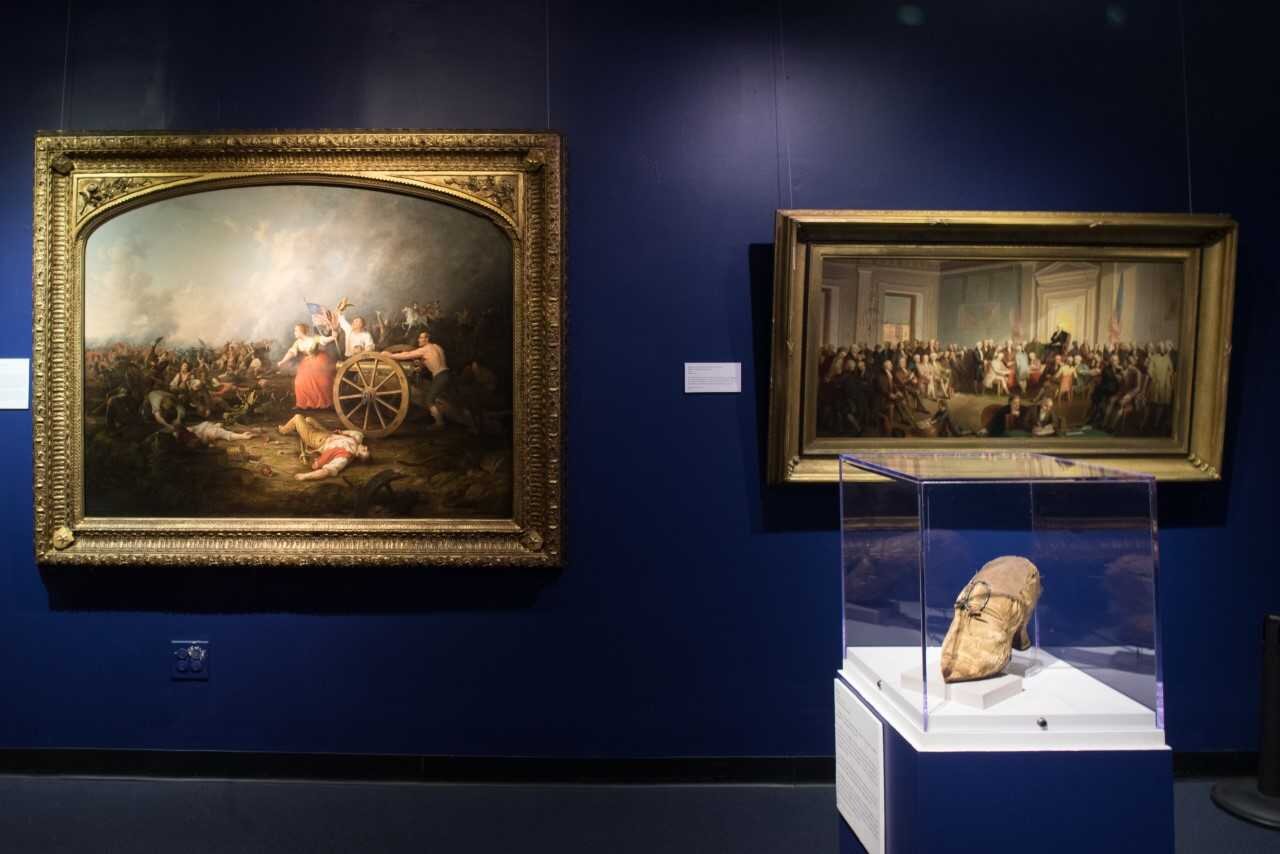November 4, 2016 - July 8, 2019





Written by Sarah Kneeshaw
Fraunces Tavern Museum is a repository for the material culture of Colonial America, the American Revolution, and Early American history. Since 1907, the Museum has been a vehicle to preserve the artifacts of America's cultural legacy. Using these artifacts as evidence from the past, the Museum is able to interpret humanity at a specific time and place.
Museums, historic sites, and other material cultural stewards are part of the heritage industry, which is essential to establishing and reinforcing the identity of people and places. The responsibility of these institutions must be taken seriously to prevent corruption of the meaning and importance of objects and to look for value outside the dominant narrative.
Cultural heritage institutions are often required to put monetary value on pieces in their collections. This type of value can be based on uniqueness, connection to someone or somewhere famous, the precious materials that make up the object, or a combination of all three. Market price is an easily understood value, but can cause bias against the more important intellectual value of an object. For example, a signature of George Washington may be monetarily worth more and therefore thought more precious than a journal by an unremarkable Continental soldier. But a famous signature provides limited information within the history of a culture and has narrow intellectual value in the heritage industry.
The eight objects in this exhibition were chosen for their varying values within the making, history, preservation and interpretation of American culture.
As you explore this exhibition and the guided tour, consider the ways in which each artifact is valuable, and how we can use these artifacts to understand this period of America’s history.
Tour
We are first going to look at our two paintings. Both of these paintings were created in the 19th century, well after the events they depict. While they cannot show us what happened exactly at the moment shown, like a photograph would today, these paintings can show us how other people throughout history have viewed these events.



